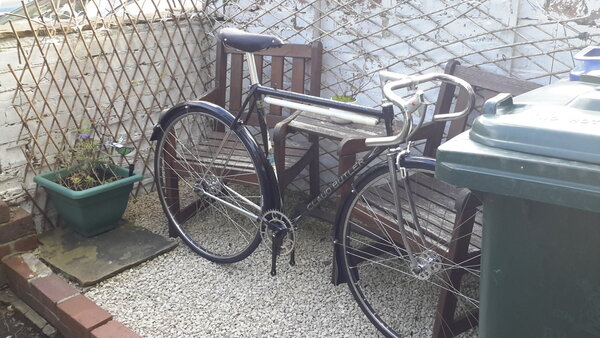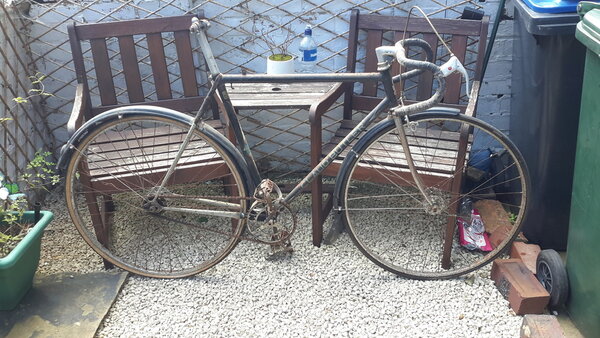Hi all, Can anyone please help me ID the age of my Claud Bulter Road/Path bike i've been on various websites (nkilgariff) but can't seem to find one that looks the same ( frame no: 31403) the frame doesn't seem to have any lugs, it's got chrome forks and rear chain strays. PS ive tried uploading pictures but cant seem to do it sorry.
Does this frame number make any sense to anybody ?

Does this frame number make any sense to anybody ?

